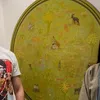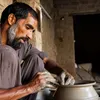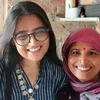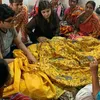Launched in 2014, PhotoSparks is a weekly feature from YourStory, with photographs that celebrate the spirit of creativity and innovation. In the earlier 535 posts, we featured an art festival, cartoon gallery. world music festival, telecom expo, millets fair, climate change expo, wildlife conference, startup festival, Diwali rangoli, and jazz festival.
In this photo essay series, we profile artworks and creative insights from the artists who participated at Chitra Santhe 2021 (see our extended coverage here).
Hosted by Karnataka Chitrakala Parishath in Bengaluru, the festival featured over 1,000 artists from India and overseas. The 18th edition of the annual art festival was held virtually due to the pandemic.
See also YourStory’s coverage of six earlier editions of Chitra Santhe: 2020, 2019, 2018, 2017, 2016, and 2015, as well as compilations of Top Quotes of 2020 on Art in the Era of the Pandemic, Indian Art, Art Appreciation and Practice, and Beauty and Business of Art.
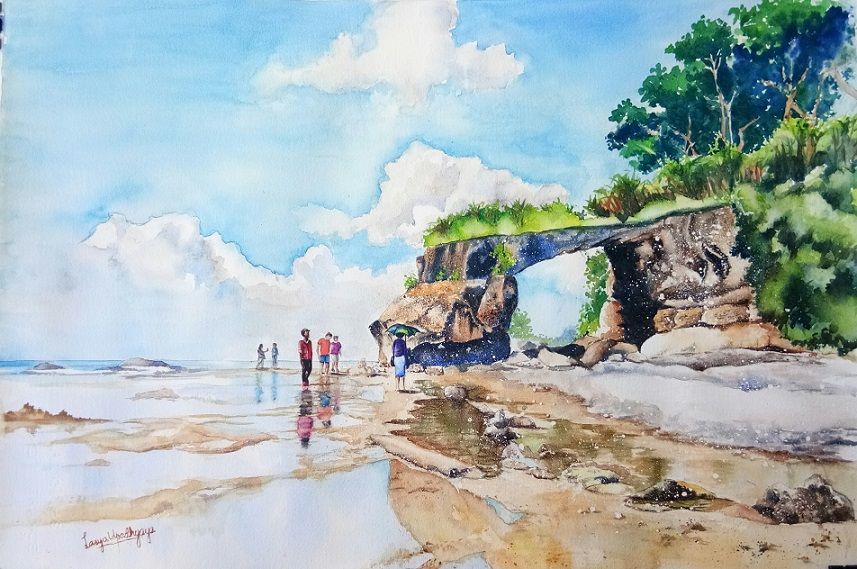
Lasya Upadhyaya
Lasya Upadhyaya
“Nature is my inspiration and muse. Natural beauty evokes feelings within, which then I capture on paper or canvas,” explains Lasya Upadhyaya, in a chat with YourStory.
“To me, art is an expression of my relationship with nature, especially warmth, light and bold colours,” she adds. It symbolises strength and optimism.
Lasya defines success as being able to complete something unique, and which expresses emotion. “If the viewer can feel what I wish to express through my work, then I have been successful,” she describes.
Recognition and business goals are important too. “When someone loves your artwork so much that they pay for it and put it up proudly in their house, it gives great satisfaction,” she adds.
Lasya calls for greater appreciation of art in society by helping people explore their different reactions to art and the artist’s intentions. “Learning about art by visiting museums, galleries, art fairs, and books can help improve one’s art appreciation,” she says.
For Chitra Santhe, she prepared artworks on Cubbon Park and south Indian villages. “The scenic beauty of India is matchless,” she enthuses; she tries to capture the atmosphere and moods through her work.
“I work with watercolours to create vibrant impressionistic works. I also use acrylic paints to create realistic paintings with thick, bold strokes,” Lasya describes. Her artworks are priced around Rs 6,000 to Rs 12,000 for smaller works, and Rs 28,000 to Rs 30,000 for larger ones.
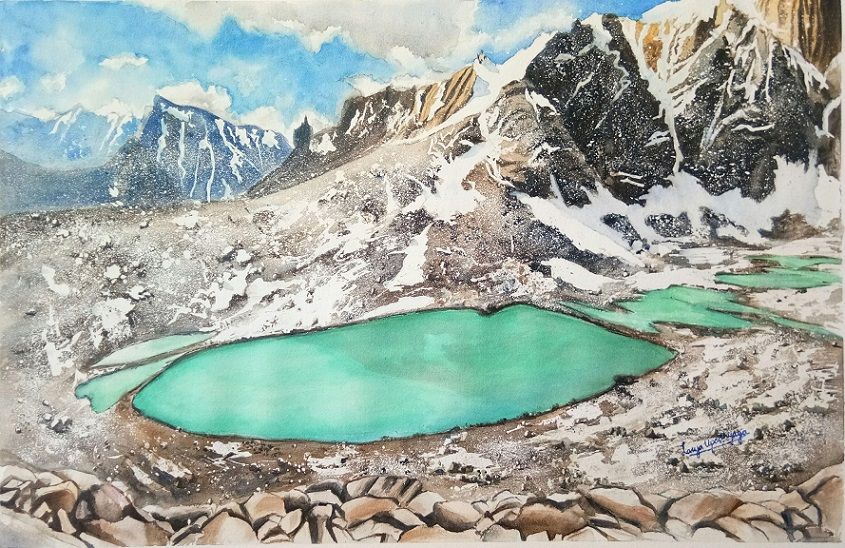
Lasya Upadhyaya
The pandemic was a tough time for her as a professional artist, particularly with her hands full with her child at home. “However, I found myself to be at my creative best in the past year, and have created more artworks than I did any other year,” Lasya proudly says. Her works were exhibited in France last year, with Vietnam scheduled next.
She appreciates the convenience of an online exhibition and the ability to search and browse easily. “However, the experience of having audiences view your painting directly, interacting with them face to face, and the joy of making a sale then and there, are some of the things that can only happen in a physical exhibition,” Lasya laments.
“Create your own interpretation of a scene or subject you are going to paint. Find and develop your unique style. Work hard and keep learning,” she advises aspiring artists.
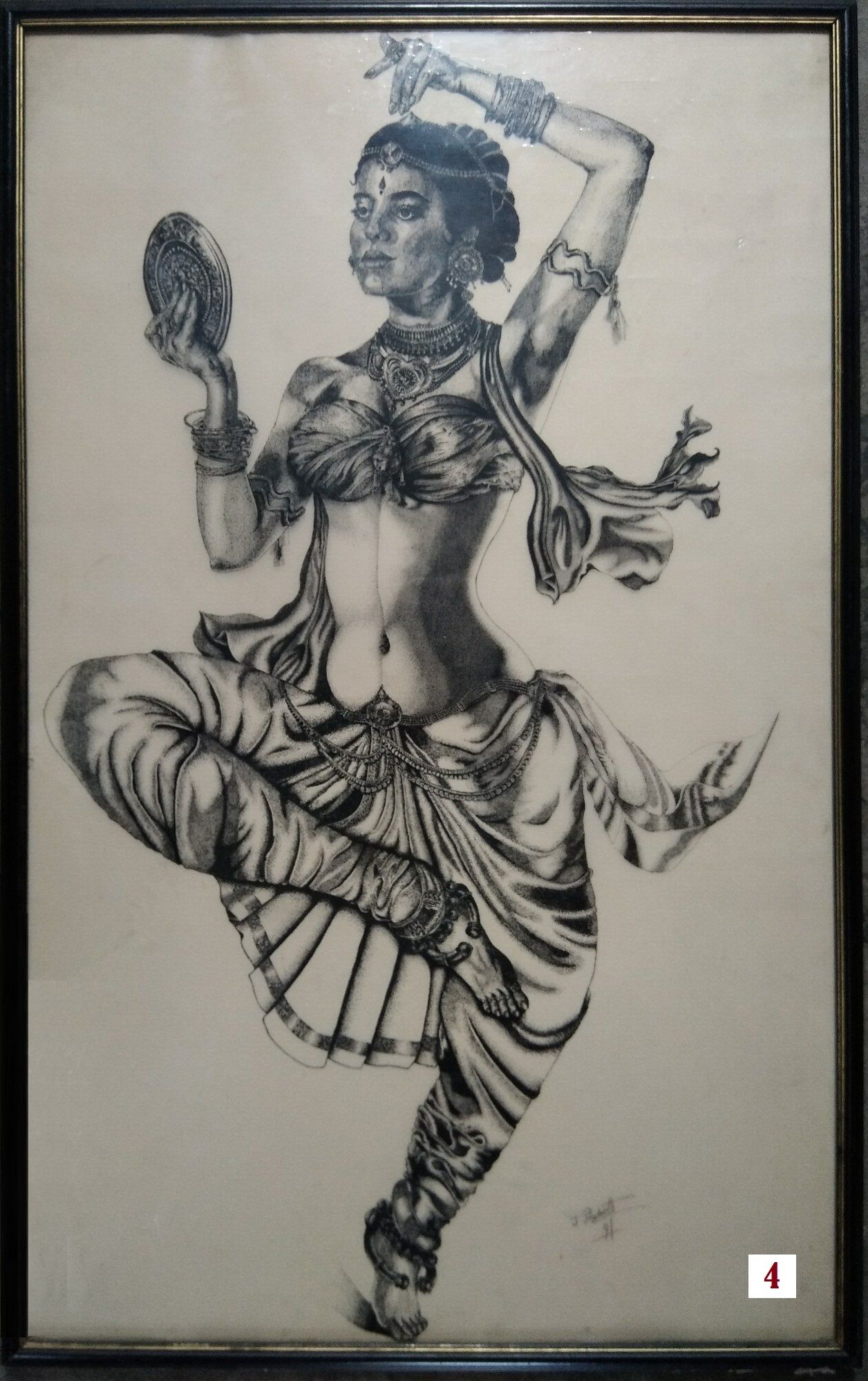
Prashanth Jeppu
Prashanth Jeppu
“Art is expressing what I find beautiful so that others can also experience it in their own way. Success for a creator comes from self-satisfaction and seeing others being moved by the artwork,” explains Prashanth Jeppu.
Just as dance and music are promoted by performances, visual art can also be promoted in society via art exhibitions, competitions and tutorials, he adds. More online and offline platforms are needed for artists to showcase and sell their arts.
Some of his artworks feature colour pencils, others are done on acetone film sheet with black-tipped pen. His works are titled Ganesha and The lady at the river bank, and are priced from Rs 3,000 to Rs 30,000.
During the pandemic, Prashanth kept himself engaged by painting and doing portrait commissions for some customers. “As a professional textile designer, I also do textile designs from home,” he says.
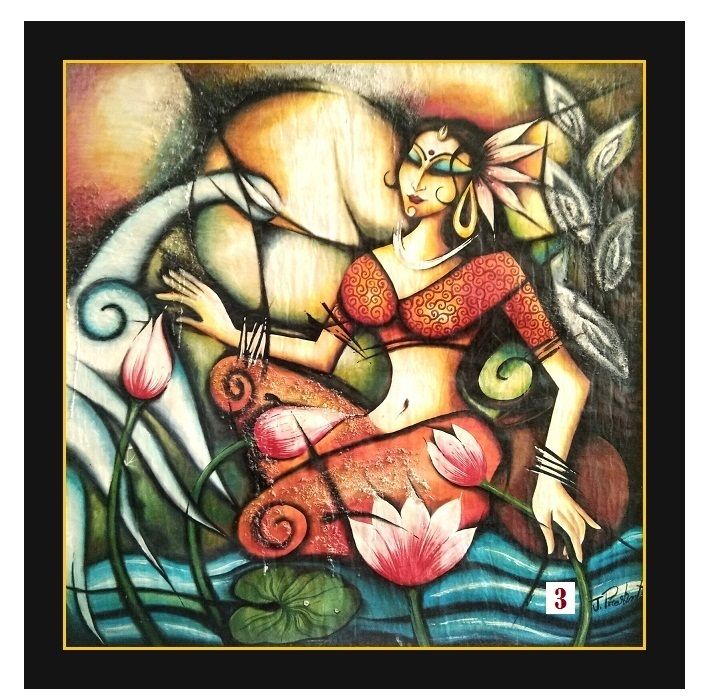
Prashanth Jeppu
He prefers the liveliness and interactivity of gallery exhibitions, though online exhibitions have a larger audience and global reach. Prashanth also offers tips for aspiring artists.
“Get inspired and practice your own technique. Most aspiring artists tend to copy other people’s works. This is a huge drawback, if you’re really aiming to hone your skills,” he cautions.
“Just as no two persons are alike, you cannot exactly replicate someone else’s artwork. Instead, get inspired by their work and try to develop your own creation. Practice, practice, and keep on practising. Art is more of practice than mere talent,” Prashant emphasises.
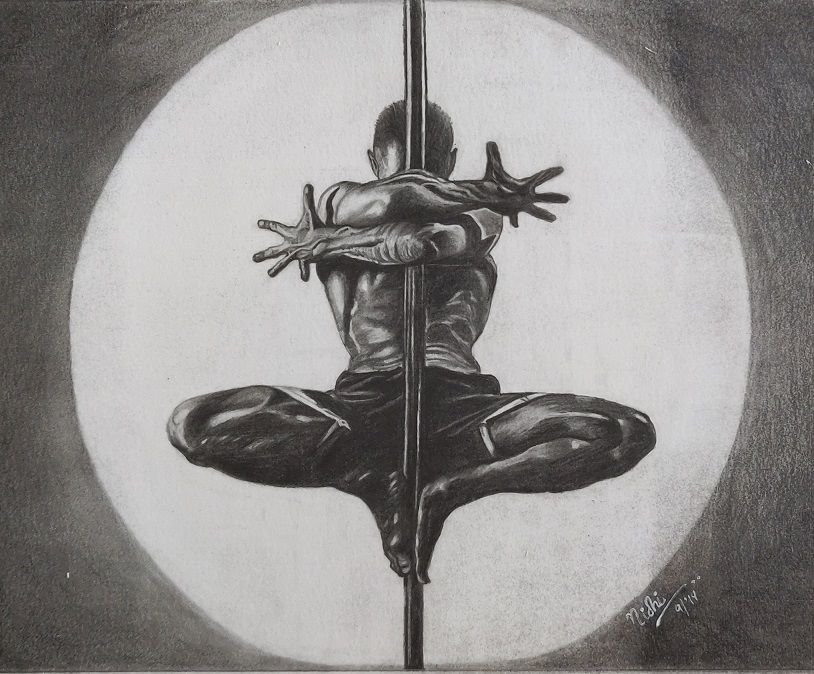
Nidhi Bhatia
Nidhi Bhatia
“For me, art is all about introspection. There are so many thoughts, observations, feelings and chaos that is there constantly in our mind. Through my artworks, I try to put those on canvas or paper,” explains Nidhi Bhatia.
It takes her days of thinking and reminiscing and composing several thumbnails to express her thoughts. “Then comes the colour composition, and ultimately making the final one. I love this entire journey and very eagerly wait for the outcome,” she enthuses.
“The sheer happiness that comes by seeing that thought coming alive is unexplainable. I get inspired more towards conceptual artwork, which can be depicted in a semi-realistic or abstract manner,” Nidhi adds. This satisfaction is success in itself, and recognition and sales or commission work also serve as artistic motivation.
“Government and private art collectors should support artists by arranging for more art shows, art education, and awards. We should collectively come up with ways of making art more affordable to common citizens. Buying or investing in art should not be considered as a luxury,” Nidhi advises as ways of improving art appreciation in society.
She also feels there should be strict rules against art plagiarism and illegal canvas printing of original works. “Due respect and recognition need to be given to original artworks and artists,” Nidhi affirms.
For Chitra Santhe, she prepared artworks titled Box Canvas, Resilience, Peace, and Dewdrop, with graphite and charcoal work. “I try to bring in the character of the subject through my artworks so the audience can feel it,” Nidhi explains.
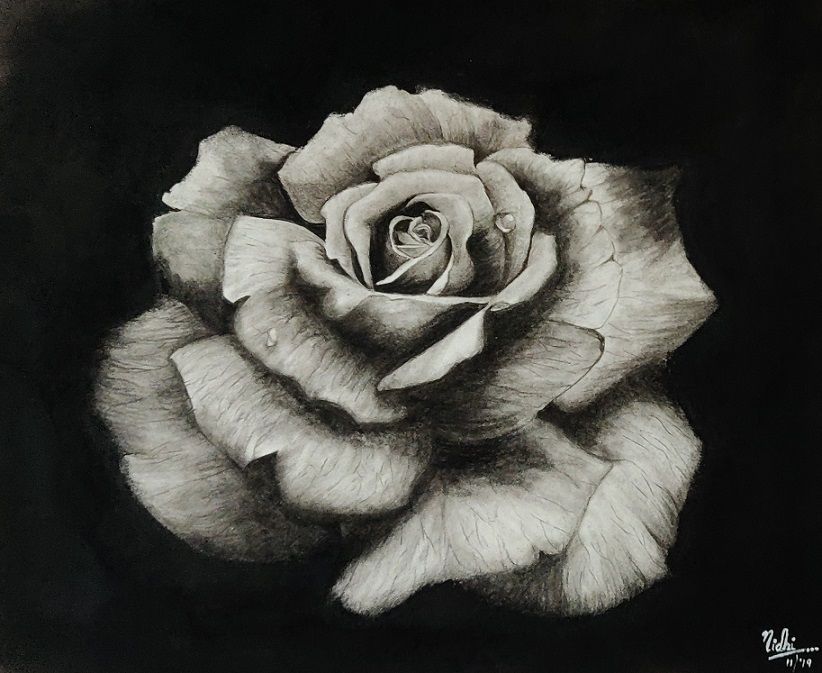
Nidhi Bhatia
Her artworks are priced from Rs 1,500 to Rs 45,000, depending on genre, skills, medium and thought process. “Everyone in society who appreciates art should also own a handmade original painting irrespective of their income bracket,” she emphasises.
“Being an artist during the tough pandemic times has helped me remain calm, positive, and active. Making an artwork itself is meditative for me and helps me to introspect and admire the small blessings in life,” Nidhi explains.
As gallery exhibitions were restricted, she started online classes for children in realism, using graphite, charcoal, and colour pencils. “By God's grace, these classes are going good, and I have students both from India and abroad. These classes, along with my own compositions and everyday learning, keep me completely occupied,” she says.
Nidhi appreciates the ease of audience participation for online exhibitions and the lack of time restrictions. “During the physical edition of Chitra Santhe, it was completely impossible to admire all the stalls when we had our own as well,” she recalls.
“Nonetheless, the thrill and excitement that an artist gets during physical exhibitions are beyond words. It is very satisfying to see the satisfaction on a customer's face or directly hear words of appreciation,” she adds.
“The beauty of seeing and feeling a painting in front is altogether a different experience from watching online. I also feel that more sales happen during physical exhibitions as compared to online,” Nidhi explains.
“My advice for aspiring artists will be to follow the ‘Three Ps’ – practice, persistence, and patience,” she emphasises.
“Never compare your own work with that of others, because, at times, it exhilarates you, and at times, it discourages you. It’s always good to get inspired, but we should compare ourselves largely with our own selves,” she adds.
“Just try to be better than yesterday. Everyone’s art journey is different – just keep going,” Nidhi signs off.
Now, what have you done today to pause in your busy schedule and find new avenues to harness your inner creativity?
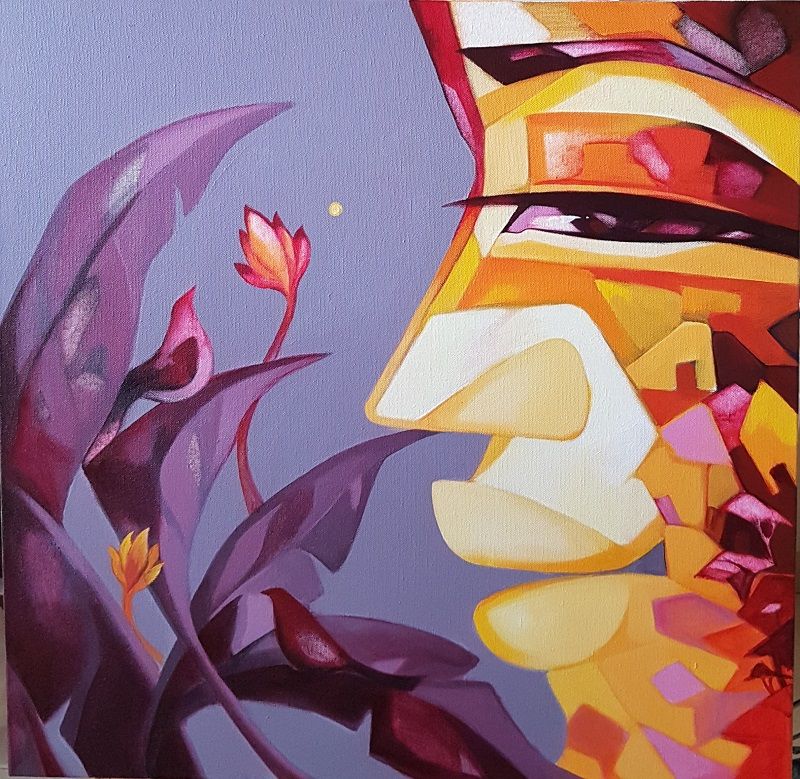
Laxmi Mysore

Jagdish Mohanty
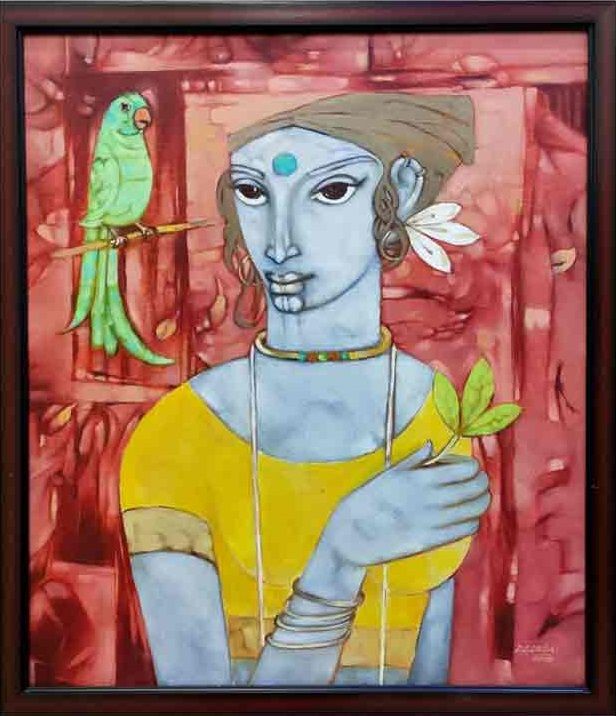
Doulataray.S.Desai
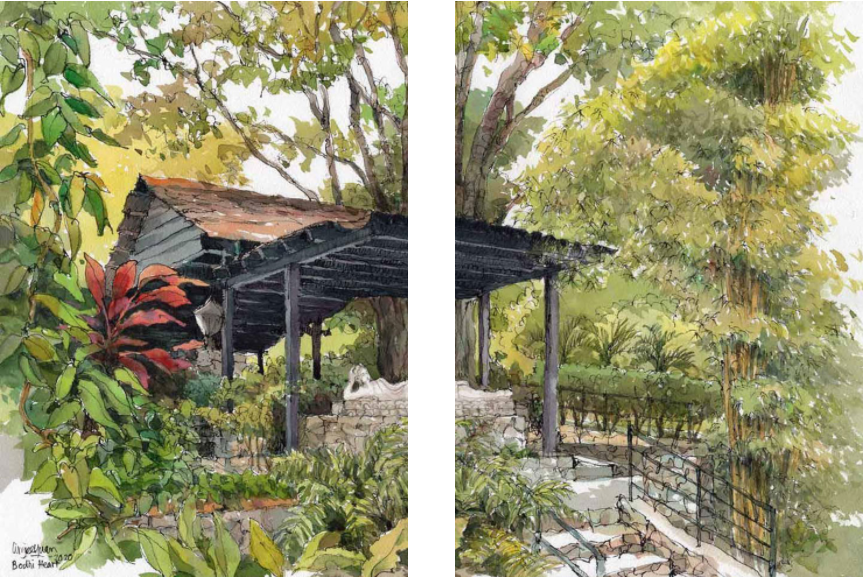
Jee Yuan Lim
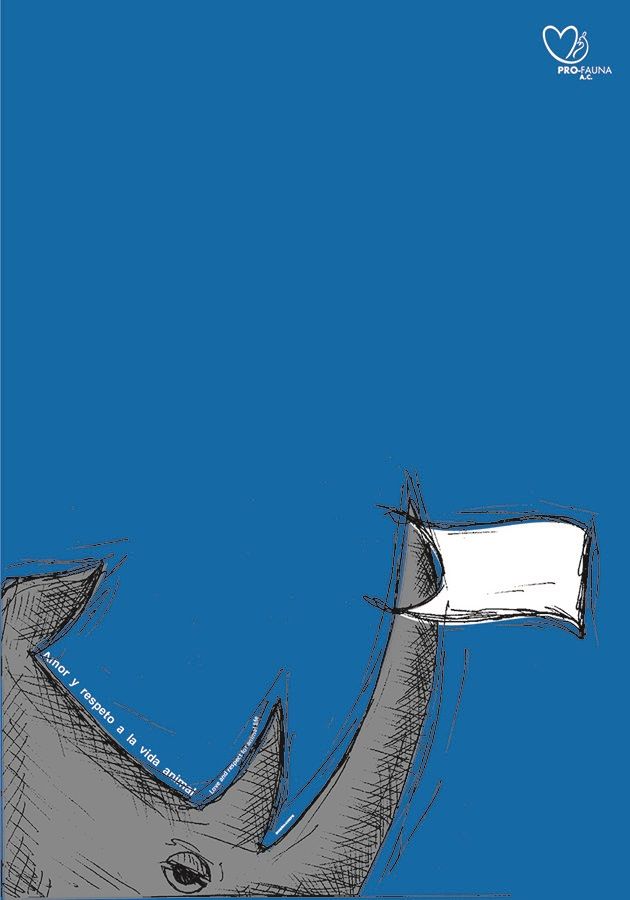
José Luis Hernández
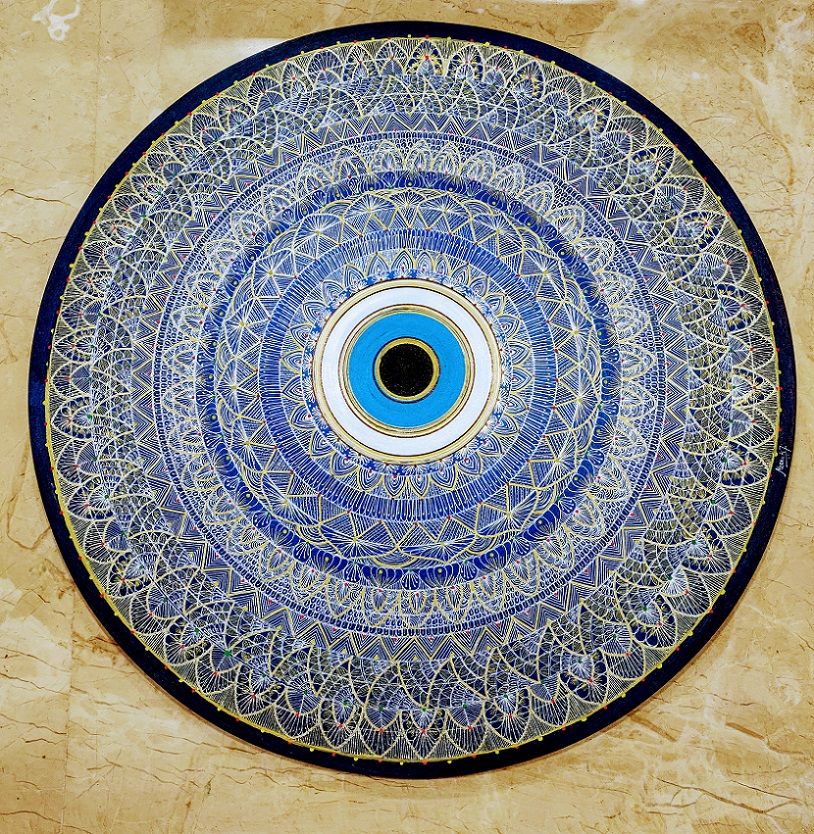
Lakshmi Kesavan
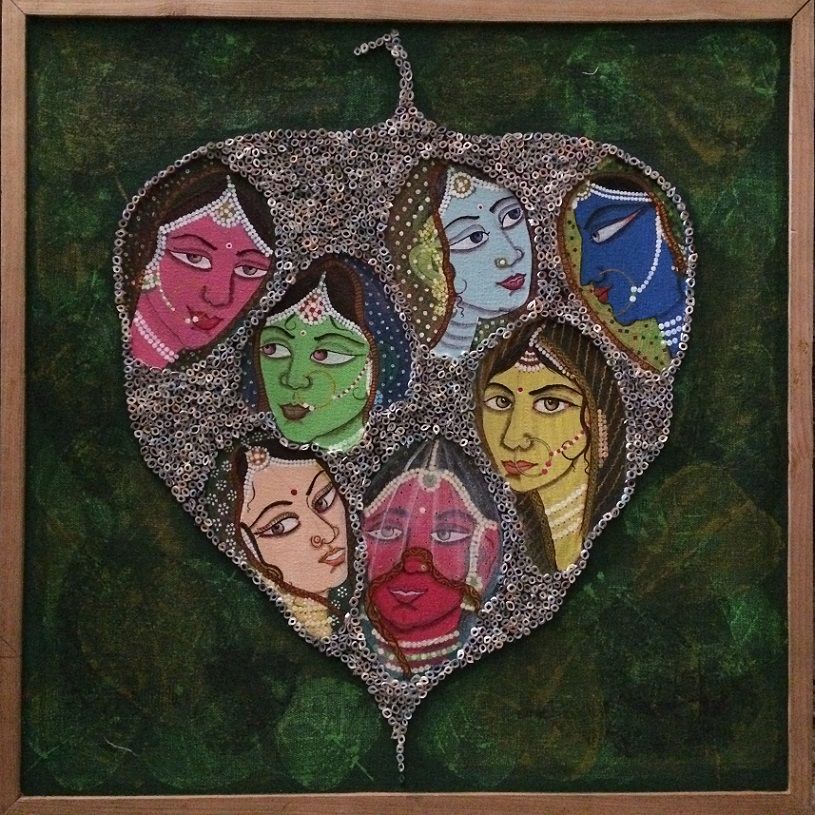
Neelu Patel
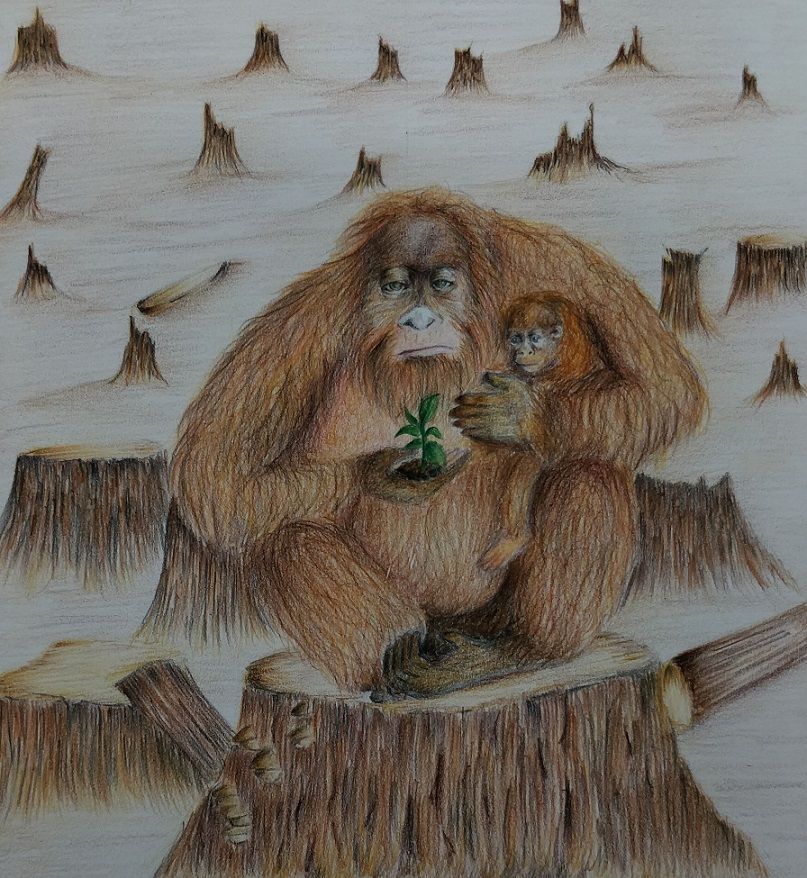
Neha Pradhan
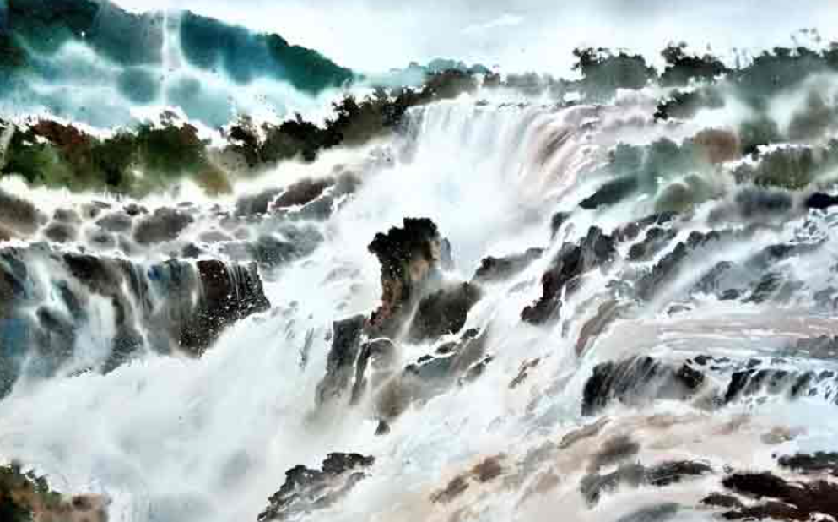
Subhajit Paul
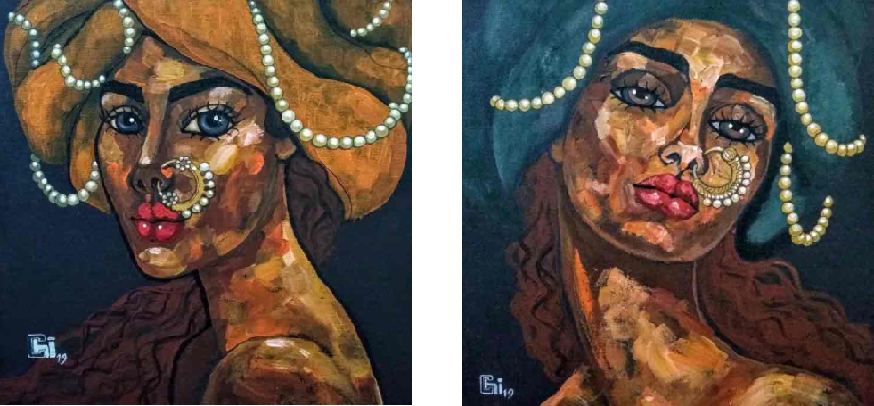
Suruchi Jamkar
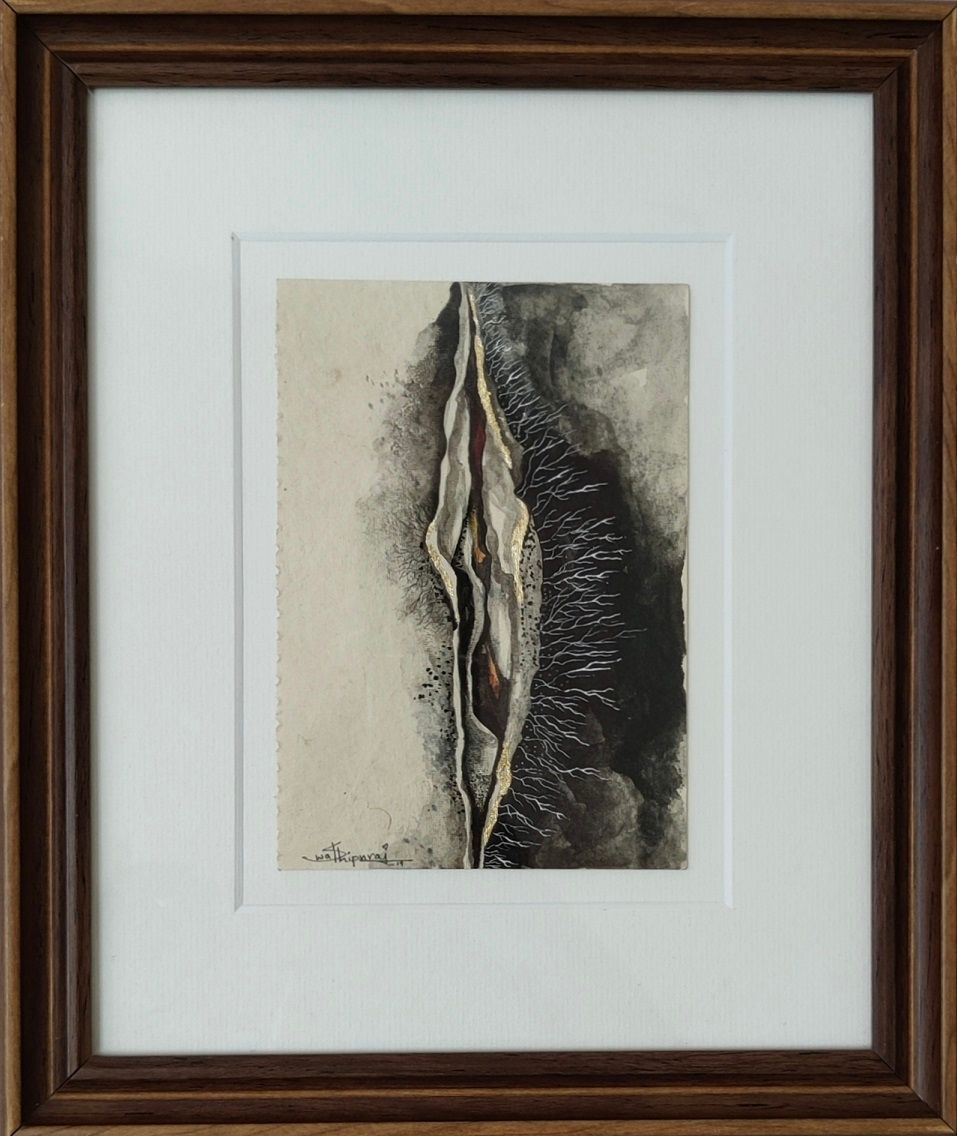
Swathi P N
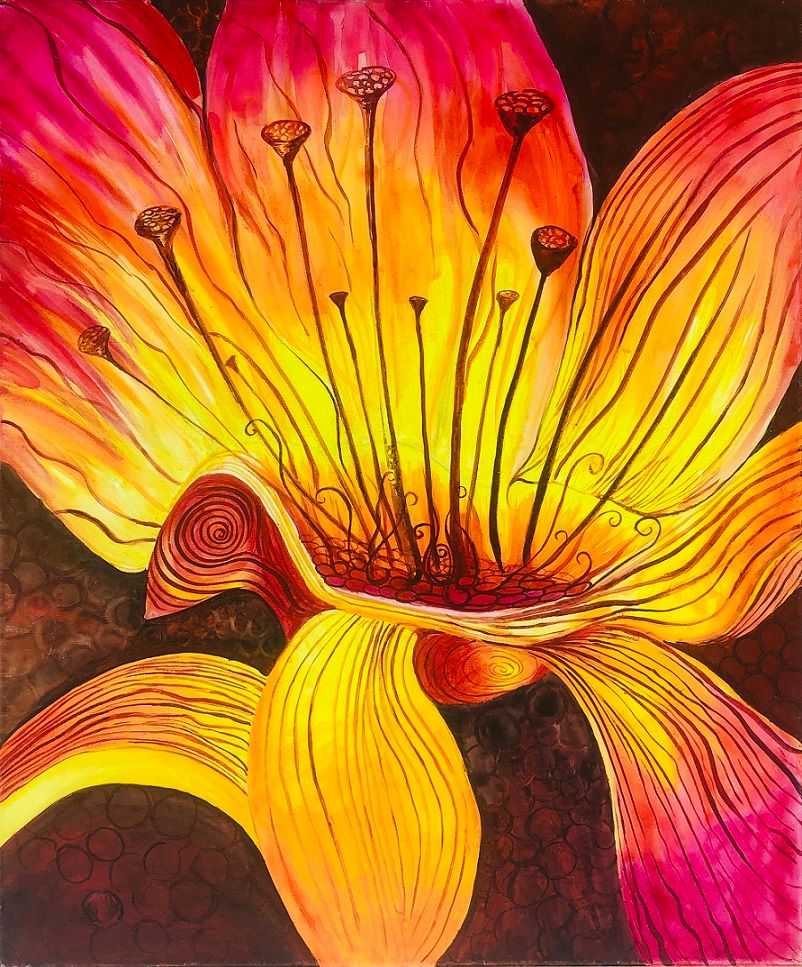
Vimla Ramsahaye
See also the YourStory pocketbook ‘Proverbs and Quotes for Entrepreneurs: A World of Inspiration for Startups,’ accessible as apps for Apple and Android devices.
YourStory’s flagship startup-tech and leadership conference will return virtually for its 13th edition on October 25-30, 2021. Sign up for updates on TechSparks or to express your interest in partnerships and speaker opportunities here.
For more on TechSparks 2021, click here.
Applications are now open for Tech30 2021, a list of 30 most promising tech startups from India. Apply or nominate an early-stage startup to become a Tech30 2021 startup here.
Edited by Suman Singh
Link : https://yourstory.com/2021/09/chitra-santhe-art-practice-persistence-patience-pandemic
Author :- Madanmohan Rao ( )
September 12, 2021 at 08:00AM
YourStory

